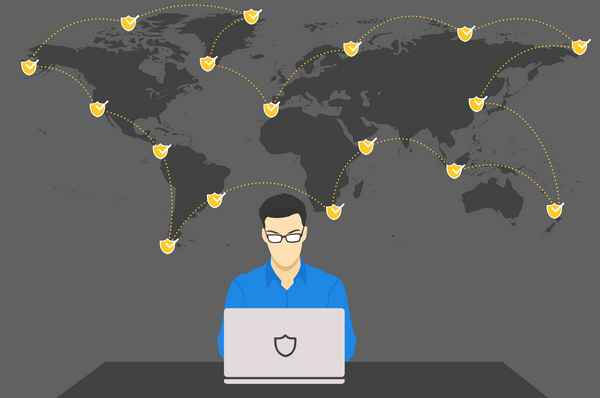Does Parental Control Substitute Parents?

It goes without saying that the
Internet can be a dangerous place for young minds. Doesn’t it? Well, some
people may argue that it’s a matter of perspective. Leaving aside the good
intentions that lie at the basis of the parental control movement, one cannot
help but wonder about quite a few things: Is it as efficient as they say it is?
What about the over or under-blocking issues? And to get even more
philosophical than that: how much of the world do you, as a parent, block
before you make it plain and dull?
The answers to these questions
may come easier if we consider the content filtering algorithm behind parental
control solutions. There are several easily identifiable basic tenets. One would
be that we know what the big evils are (porn, violence, drugs, etc.) and we
trust they will appear in bald daylight, with the magic keywords branded on
their foreheads.
The second one is that people are
predictable: we know how they act and what they need. That’s why their lives
can be broken down into several categories of experiences.
The third one would be that as
parents are getting busier and time seems to fly by faster than ever, any help
they can get to protect their children from trauma is good help. Fair enough?
For most cases, it is.
Let’s consider the other side of
the problem for a moment. According to a recent study
published by Free Expression Policy Project, there are several documented cases
of blocked content which uses specific parental control keywords, but in a way
that’s meant to do good rather than harm. Some might say that the latest
technologic developments presuppose the use of more refined methods than just
keyword blocking. Yes, this is true, but we are still a long way from devising
a technology that replicates the human brain’s capacity to perceive nuances.
As for the predictability of
human behavior, suffice it to say that just as there are several ways to solve
a problem, there are countless ways to break a rule. From a certain age on, as
teenagers have access to and the capacity to understand various rule bypassing
techniques, forbidding is no longer enough. This brings us to our next issue:
does the use of parental control options actually release parents from the
necessity of being there to watch over the child? The obvious answer is no, as
a certain amount of parent participation is always required, at least for the
creation of white and black lists.
How much is too much then? It’s
up to the parents to decide, but there are at least two things they might
consider when choosing a parental control solution: evaluate the amount of bias
in the filtering categories and make sure they can easily disable and modify
settings. In this way, they can adapt web content access to their children’s
mental evolution and to their capacity to understand the world they live in.
Another good idea, this time on the vendor’s side, would be to distribute
parental control solutions together with a simple guide on “How to talk to your
kid about the facts of life” (the unabridged version). It might make the world
a better place.
tags
Author
Ioana Jelea has a disturbing (according to friendly reports) penchant for the dirty tricks of online socialization and for the pathologically mesmerizing news trivia.
View all postsRight now Top posts
Outpacing Cyberthreats: Bitdefender Together with Scuderia Ferrari HP in 2025
March 12, 2025
Streamjacking Scams On YouTube Leverage CS2 Pro Player Championships to Defraud Gamers
February 20, 2025
How to Identify and Protect Yourself from Gaming Laptop Scams
February 11, 2025
Your Device ‘Fingerprint’ Will Go to Advertisers Starting February 2025
December 24, 2024
FOLLOW US ON SOCIAL MEDIA
You might also like
Bookmarks







